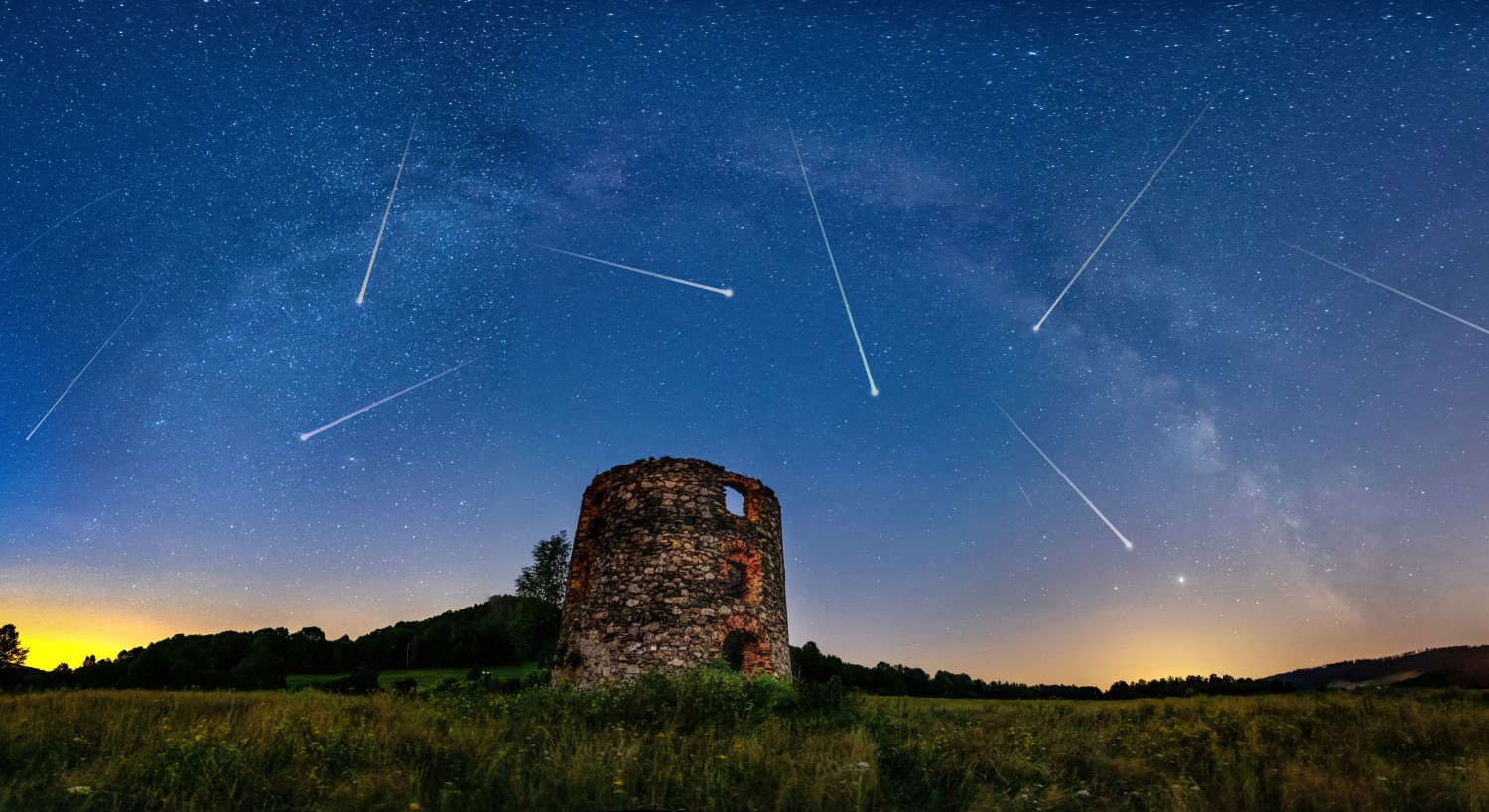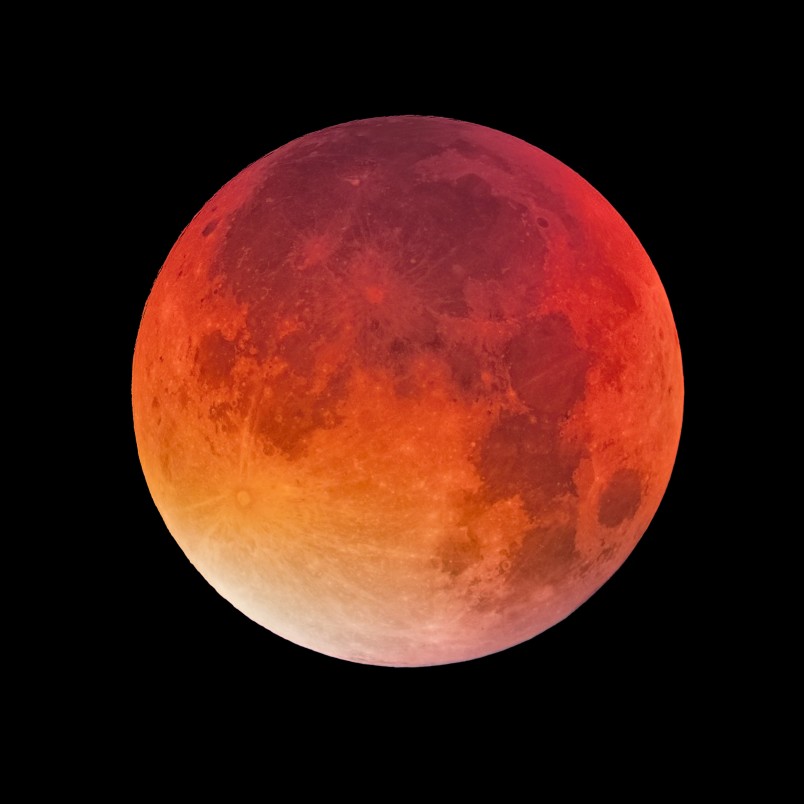
Heavy Rain, Flooding, and Chance of Severe Weather Staring Down the Southern U.S.
January 22, 2024
Posted: November 1, 2022 12:55 pm





Meteor Showers Setting Up to Offer Higher Number of Shooting Stars
Stargazers are anticipating the chance to check out three separate meteor showers set to light up the skies in November. In addition to the cascade of shooting stars, the November astronomy calendar also features a total lunar eclipse.
While you will likely need to dress warm in most areas throughout the U.S. to see these celestial happenings, there is no doubt that November is a great time to view the night skies.
Here is a look at November’s top astronomy events to mark on your calendar.
The first part of the month offers the peak viewing period for both the Southern Taurids and Northern Taurids meteor showers. As opposed to many of the other popular meteor showers that peak on one specific night, these showers feature peaks that continue for about two weeks.
Together, the pair of showers typically puts out between five and 10 shooting stars per hour. However, the American Meteor Society (AMS) said that the 2022 events may see an even higher rate of hourly meteors. The presence of what is known as fireballs may increase the shooting stars that streak across the sky. This is because these fireballs are brighter in color than a normal meteor, helping them to be more visible when streaking near a full moon.
Because the peak of these two showers are spread out over a longer period, stargazers will be able to time their viewing for a cloudless night. When meteor showers peak on just one night, you need more luck on your side to watch the show.
You will find the shooting stars tracking across the sky near the constellation Taurus. The good news is that the meteors are expected to be active throughout the night, giving you more opportunities to spot them.

Set your alarm to wake up to check out the early morning sky on November 8. This is when the moon, the sun, and Earth will align perfectly to create a gorgeous total lunar eclipse. While you do not need a telescope to see the eclipse, you will need mostly clear conditions to catch it. Because the eclipse will last for almost six hours, be sure to check the hourly forecast to learn when you will get the clearest skies for the best viewing.
The eclipse will take place as the moon passes through the shadow of Earth, transforming it into a dark orange and red hue burning in the sky. This color is why the moon is often referred to as the Blood Moon.
Although this eclipse is a long-duration celestial event, the total phase of the changeover when the moon looks red or orange will only last just over one hour. The total lunar eclipse will begin at 5:16 am EST and will be over by 6:41 am.
Be sure to mark this eclipse on your calendar so that you do not forget. The next time that North America will be treated to a total lunar eclipse will be in March 2025.
The Leonid meteor shower is set to peak on the night of November 17 and last through the early morning hours of November 18. Similar to the duo of Taurid meteor showers earlier in the month, the Leonids are also predicted to boast more shooting stars than usual. For instance, the AMS is predicting that the hourly rates for this year’s show could peak at between 50 and 200 meteors every hour. This is substantially more than the typical average of 15 meteors per hour.
Should this happen, the Leonids would be distinguished as the best meteor shower of the year. This shower is also known for its brighter than normal meteors that streak across the sky with a trail of smoke tailing them. There is also the possibility that a few leftover fireballs from the Taurids will be visible on this night. All of this will make this night an excellent time to train your eyes up at the dark skies if you are lucky enough to see clear conditions.
Did you find this content useful? Feel free to bookmark or to post to your timeline for reference later.

January 21, 2024

January 19, 2024

January 18, 2024